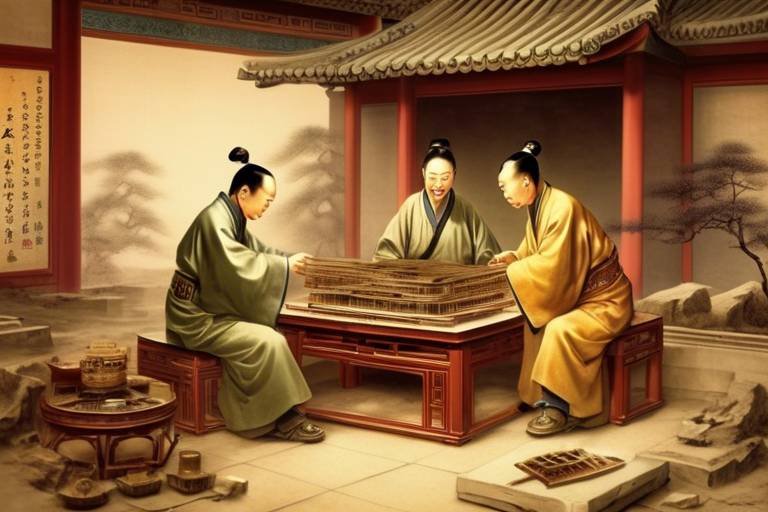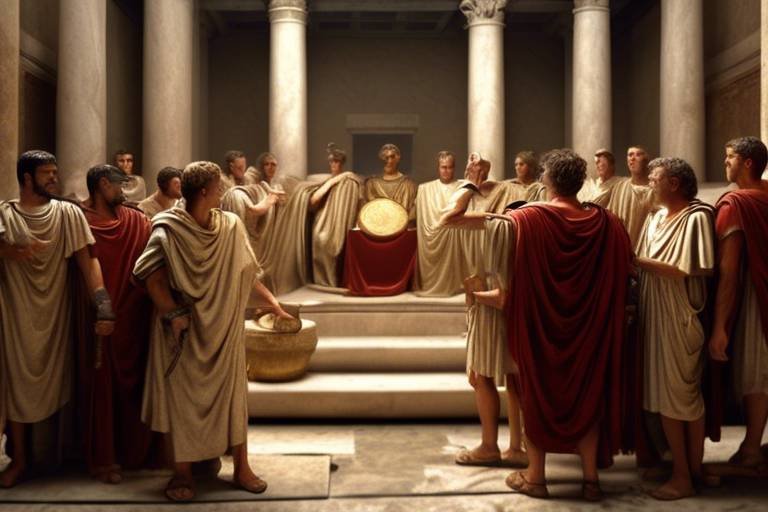The Secrets of Ancient Egyptian Religious Texts
When delving into the enigmatic world of ancient Egyptian religious texts, one is met with a treasure trove of profound meanings and significance that offer a glimpse into the beliefs, rituals, and practices that shaped the spiritual worldview of this ancient civilization. These texts not only provided guidance for the afterlife but also influenced daily life, serving as a bridge between the mortal realm and the divine.
Among the most renowned of these texts is the Book of the Dead, a collection of spells, hymns, and instructions designed to guide the deceased through the underworld and ensure a successful transition to the afterlife. It reveals the intricate beliefs surrounding death, judgment, and the journey of the soul, offering a roadmap for navigating the perilous realm of Osiris and the weighing of the heart.
Aside from the Book of the Dead, hymns and prayers played a crucial role in ancient Egyptian religious practices. These sacred invocations were recited in temples, homes, and during rituals to honor and appease the gods and goddesses who governed various aspects of life. Through hymns and prayers, the ancient Egyptians sought divine favor, protection, and blessings for themselves and their communities.
Another fascinating aspect of ancient Egyptian religious texts is the Pyramid Texts, the oldest known religious writings found inscribed inside the pyramids of pharaohs. These texts provide insights into the pharaohs' journey to the afterlife, detailing the rituals, spells, and incantations necessary for their successful resurrection and eternal rule in the realm of the gods.
The pantheon of ancient Egyptian deities is vast and diverse, with each god and goddess holding specific roles, myths, and symbolism. From the powerful sun god Ra to the nurturing goddess Isis, these divine beings governed nature, fertility, war, and wisdom, embodying the forces that shaped the world and human existence.
Magical spells and incantations were also prevalent in ancient Egyptian religious texts, serving a dual purpose of protecting the living and aiding the deceased in their journey to the afterlife. These spells invoked divine powers, warding off evil spirits, and ensuring the safe passage of the soul to the realm of the gods.
Funerary rituals and practices depicted in ancient Egyptian religious texts shed light on the elaborate process of mummification, burial customs, and ceremonies for the deceased. These rituals were meticulously performed to ensure the preservation of the body and the soul's successful transition to the afterlife, reflecting the ancient Egyptians' deep reverence for the cycle of life and death.
The rich symbolism and iconography present in ancient Egyptian religious texts are a testament to the intricate language of hieroglyphs, symbols, and representations of gods and mythical creatures. Each symbol carried layers of meaning, conveying concepts of rebirth, eternity, and the interconnectedness of the cosmos in a visual language that transcended time and space.
Finally, the enduring legacy and influence of ancient Egyptian religious texts have left an indelible mark on later civilizations, shaping art, literature, and spiritual beliefs across different cultures and time periods. The wisdom and mysteries contained within these texts continue to captivate and inspire seekers of knowledge and truth, bridging the gap between the past and the present.
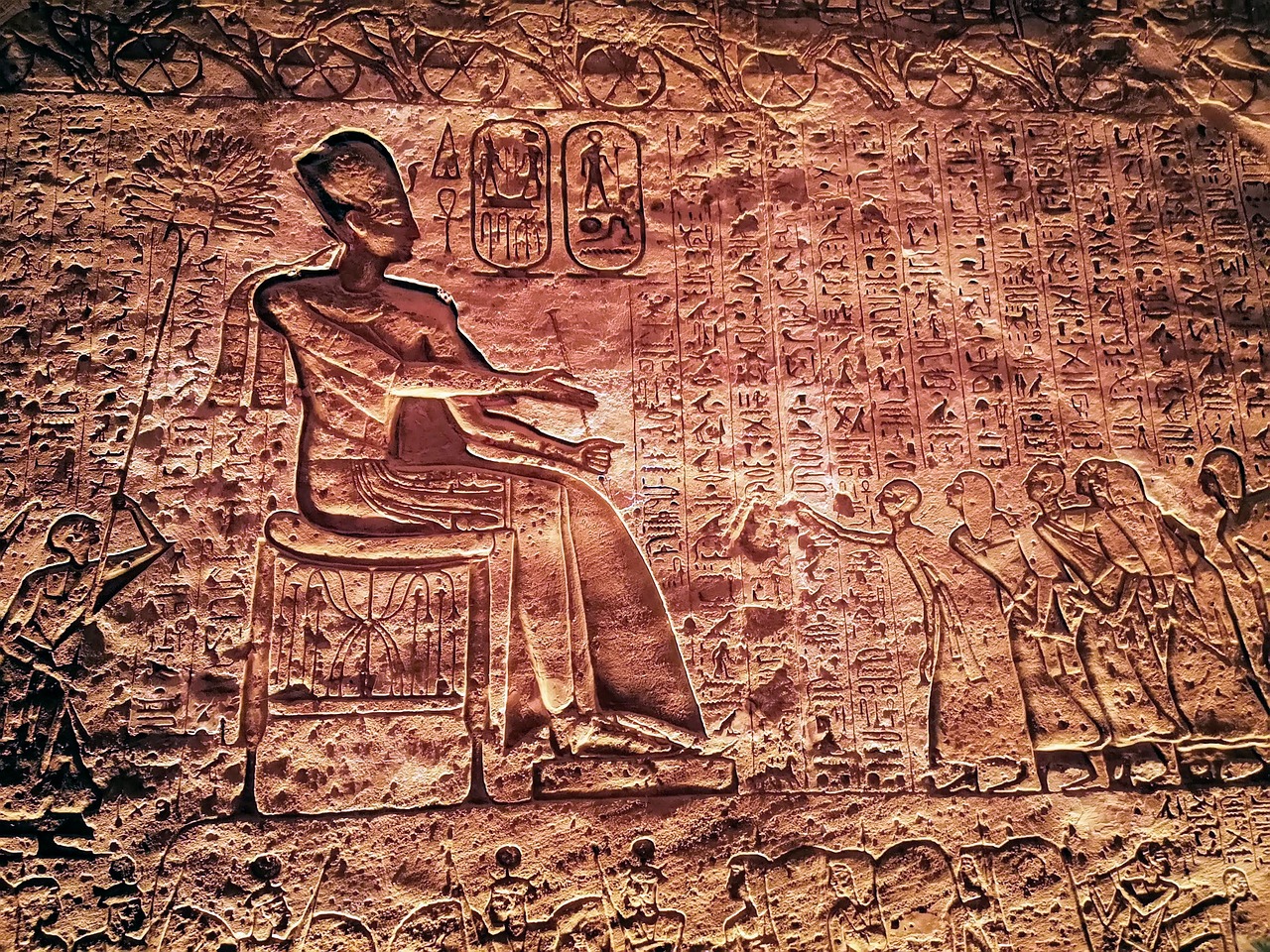
The Book of the Dead
Exploring the profound meanings and significance of religious texts in ancient Egyptian culture, shedding light on the beliefs, rituals, and practices that shaped their spiritual worldview and influenced daily life.
An in-depth look at one of the most famous ancient Egyptian religious texts, detailing its purpose, contents, and the beliefs surrounding the afterlife and the journey of the soul.
The Book of the Dead, known as the Book of Coming Forth by Day, is a collection of spells, hymns, and rituals intended to guide the deceased through the afterlife and protect them on their journey to the underworld. Written on papyrus scrolls or inscribed on tomb walls, this ancient text was believed to assist the soul in navigating the challenges of the afterlife and ultimately achieve eternal life.
Central to the Book of the Dead is the concept of judgment in the Hall of Ma'at, where the heart of the deceased is weighed against the feather of truth. If the heart is found to be pure and free of sin, the soul is granted passage to the paradise of the Field of Reeds. However, if the heart is heavy with wrongdoing, it is devoured by the monstrous Ammit, condemning the soul to eternal oblivion.
Within the Book of the Dead, each spell and incantation serves a specific purpose, from protecting the body during mummification to ensuring safe passage through the dangers of the underworld. The text also includes instructions on how to address various gods and goddesses, invoke their aid, and navigate the complex realms of the afterlife.
These ancient Egyptian religious texts not only provided guidance for the deceased but also offered a glimpse into the beliefs and values of the society that produced them. The Book of the Dead reflects the Egyptians' deep reverence for life, death, and the eternal cycle of existence, emphasizing the importance of morality, balance, and spiritual preparation for the afterlife.
Through the Book of the Dead, we gain insight into the intricate belief system of ancient Egypt, where death was not an end but a transition to a new phase of existence. The text's vivid imagery, poetic language, and profound teachings continue to captivate scholars and enthusiasts alike, preserving the wisdom and legacy of this ancient civilization for generations to come.

Hymns and Prayers
Exploring the profound meanings and significance of religious texts in ancient Egyptian culture, shedding light on the beliefs, rituals, and practices that shaped their spiritual worldview and influenced daily life.
An in-depth look at one of the most famous ancient Egyptian religious texts, detailing its purpose, contents, and the beliefs surrounding the afterlife and the journey of the soul.
When delving into the world of ancient Egyptian religious practices, one cannot overlook the essential role played by hymns and prayers. These sacred chants and invocations served as a bridge between the mortal realm and the divine, offering devotees a means to communicate with the gods and seek their blessings. Imagine the power of words transformed into melodic hymns, resonating through temples and echoing across the sands of time.
Examining the significance of the Pyramid Texts, the oldest religious texts in ancient Egypt found inscribed inside the pyramids, providing insights into the pharaohs' journey to the afterlife.
An overview of the major deities in ancient Egyptian religion, their roles, myths, and symbolism, showcasing the diverse pantheon that governed different aspects of life and nature.
Unveiling the use of magical spells and incantations in ancient Egyptian religious texts, exploring their purpose in protecting the living, aiding the deceased, and invoking divine powers.
Delving into the elaborate funerary rituals and practices depicted in ancient Egyptian religious texts, illustrating the complex process of mummification, burial customs, and ceremonies for the deceased.
Analyzing the rich symbolism and iconography present in ancient Egyptian religious texts, deciphering the meanings behind hieroglyphs, symbols, and representations of gods and mythical creatures.
Reflecting on the enduring legacy and influence of ancient Egyptian religious texts on later civilizations, including their impact on art, literature, and spiritual beliefs across different cultures and time periods.

The Pyramid Texts
Exploring the profound meanings and significance of religious texts in ancient Egyptian culture, shedding light on the beliefs, rituals, and practices that shaped their spiritual worldview and influenced daily life.
The Pyramid Texts hold a mysterious allure, serving as the oldest religious texts found inscribed inside the pyramids of ancient Egypt. These texts were believed to guide the pharaohs on their journey to the afterlife, ensuring their successful transition to the realm of the gods. Imagine the grandeur of the pyramids, their towering structures housing these sacred texts like guardians of the pharaohs' souls.
Within the Pyramid Texts, intricate spells and incantations were meticulously inscribed, detailing the rituals and prayers necessary for the deceased pharaoh to navigate the perilous underworld and reach the eternal paradise awaiting them. It's as if these texts were a roadmap to the afterlife, a guidebook filled with symbolic language and magical formulas to ensure the pharaoh's safe passage.
These ancient texts not only provided spiritual guidance but also offered insights into the religious beliefs and cosmology of the ancient Egyptians. Each hieroglyphic symbol and phrase held profound meaning, reflecting the intricate web of myths and rituals that governed the pharaoh's journey beyond death. The Pyramid Texts were not mere words on stone but a gateway to the divine, connecting the earthly realm with the realm of the gods.
1. What is the significance of the Pyramid Texts in ancient Egyptian religion?
2. How did the Pyramid Texts influence the funerary practices of the ancient Egyptians?
3. What role did the Pyramid Texts play in ensuring the pharaoh's successful transition to the afterlife?
4. Are there any similarities between the Pyramid Texts and other ancient religious texts?
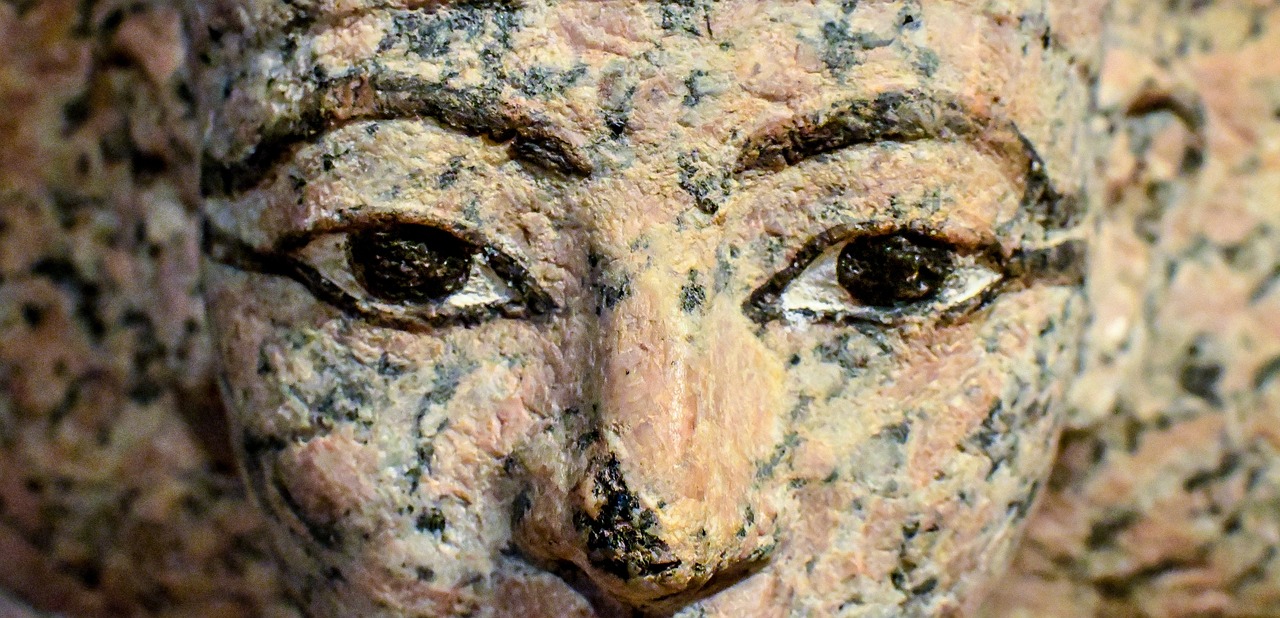
Gods and Goddesses
Exploring the profound meanings and significance of religious texts in ancient Egyptian culture, shedding light on the beliefs, rituals, and practices that shaped their spiritual worldview and influenced daily life.
An in-depth look at one of the most famous ancient Egyptian religious texts, detailing its purpose, contents, and the beliefs surrounding the afterlife and the journey of the soul.
Exploring the role of hymns and prayers in ancient Egyptian religious practices, highlighting their importance in rituals, ceremonies, and daily devotion to various deities.
Examining the significance of the Pyramid Texts, the oldest religious texts in ancient Egypt found inscribed inside the pyramids, providing insights into the pharaohs' journey to the afterlife.
Ancient Egyptian religion was a vibrant tapestry of gods and goddesses, each with unique roles and attributes. From Ra, the sun god who symbolized life and creation, to Isis, the goddess of magic and motherhood, the pantheon was diverse and intricate. These deities governed various aspects of life and nature, embodying both human and animal characteristics. The worship of these gods and goddesses was central to Egyptian religious practices, with temples dedicated to their veneration and rituals performed in their honor.
Unveiling the use of magical spells and incantations in ancient Egyptian religious texts, exploring their purpose in protecting the living, aiding the deceased, and invoking divine powers.
Delving into the elaborate funerary rituals and practices depicted in ancient Egyptian religious texts, illustrating the complex process of mummification, burial customs, and ceremonies for the deceased.
Analyzing the rich symbolism and iconography present in ancient Egyptian religious texts, deciphering the meanings behind hieroglyphs, symbols, and representations of gods and mythical creatures.
Reflecting on the enduring legacy and influence of ancient Egyptian religious texts on later civilizations, including their impact on art, literature, and spiritual beliefs across different cultures and time periods.

Magical Spells and Incantations
Exploring the profound meanings and significance of religious texts in ancient Egyptian culture, shedding light on the beliefs, rituals, and practices that shaped their spiritual worldview and influenced daily life.
An in-depth look at one of the most famous ancient Egyptian religious texts, detailing its purpose, contents, and the beliefs surrounding the afterlife and the journey of the soul.
Exploring the role of hymns and prayers in ancient Egyptian religious practices, highlighting their importance in rituals, ceremonies, and daily devotion to various deities.
Examining the significance of the Pyramid Texts, the oldest religious texts in ancient Egypt found inscribed inside the pyramids, providing insights into the pharaohs' journey to the afterlife.
An overview of the major deities in ancient Egyptian religion, their roles, myths, and symbolism, showcasing the diverse pantheon that governed different aspects of life and nature.
Unveiling the use of magical spells and incantations in ancient Egyptian religious texts, exploring their purpose in protecting the living, aiding the deceased, and invoking divine powers.
Delving into the elaborate funerary rituals and practices depicted in ancient Egyptian religious texts, illustrating the complex process of mummification, burial customs, and ceremonies for the deceased.
Analyzing the rich symbolism and iconography present in ancient Egyptian religious texts, deciphering the meanings behind hieroglyphs, symbols, and representations of gods and mythical creatures.
Reflecting on the enduring legacy and influence of ancient Egyptian religious texts on later civilizations, including their impact on art, literature, and spiritual beliefs across different cultures and time periods.
Ancient Egyptians believed in the power of magical spells and incantations to influence the spiritual realm and protect against malevolent forces. These mystical texts were used in various aspects of life, from healing to ensuring safe passage in the afterlife. The incantations were recited with precision and intent, invoking the aid of gods and supernatural beings to bring about desired outcomes. Through the use of symbols and sacred words, these spells were believed to harness divine energy and manipulate the forces of nature. The intricate rituals associated with casting spells were a vital part of ancient Egyptian religious practices, permeating both the mundane and the sacred aspects of life.
Coming soon...

Funerary Rituals and Practices
Exploring the profound meanings and significance of religious texts in ancient Egyptian culture, shedding light on the beliefs, rituals, and practices that shaped their spiritual worldview and influenced daily life.
Funerary rituals and practices in ancient Egypt were elaborate ceremonies designed to ensure a safe passage for the deceased into the afterlife. These rituals were deeply ingrained in the religious beliefs of the Egyptians, reflecting their views on death and the journey of the soul beyond the earthly realm.
The process of mummification, a crucial aspect of funerary practices, involved preserving the body to ensure its integrity in the afterlife. This intricate procedure included the removal of internal organs, embalming the body with various substances, and wrapping it in linen bandages.
Furthermore, burial customs in ancient Egypt were not limited to the physical act of interring the deceased. The tombs, often filled with treasures and provisions for the afterlife, were considered sacred spaces where rituals and offerings were made to honor the departed and ensure their well-being in the next life.
Funerary ceremonies were conducted by priests and family members of the deceased, who recited prayers, hymns, and incantations to guide the soul on its journey and seek the favor of the gods. These rituals were believed to facilitate the deceased's transition into the realm of the dead and secure their place among the blessed spirits.
Symbolism played a significant role in funerary practices, with various objects, amulets, and inscriptions carrying symbolic meanings related to protection, rebirth, and eternal life. The use of symbolic imagery and rituals aimed to ensure the continuity of existence beyond death and maintain the connection between the deceased and the divine forces.
Overall, funerary rituals and practices in ancient Egypt were a blend of religious beliefs, social customs, and spiritual aspirations, reflecting the Egyptians' profound reverence for the cycle of life, death, and rebirth.
Q: Were all ancient Egyptians mummified?
A: No, mummification was a practice reserved for the elite and those who could afford the process. Commoners were often buried in simpler graves without undergoing mummification.
Q: What was the purpose of the elaborate burial rituals?
A: The rituals were believed to ensure the deceased's successful journey to the afterlife, where they would be judged and granted eternal life among the gods.
Q: How did ancient Egyptians view death?
A: Death was seen as a transition to another realm rather than the end of existence. Egyptians believed in the immortality of the soul and the continuation of life after death.
Q: What role did the Book of the Dead play in funerary rituals?
A: The Book of the Dead contained spells and instructions to guide the deceased through the afterlife, helping them navigate the challenges and obstacles they might encounter.
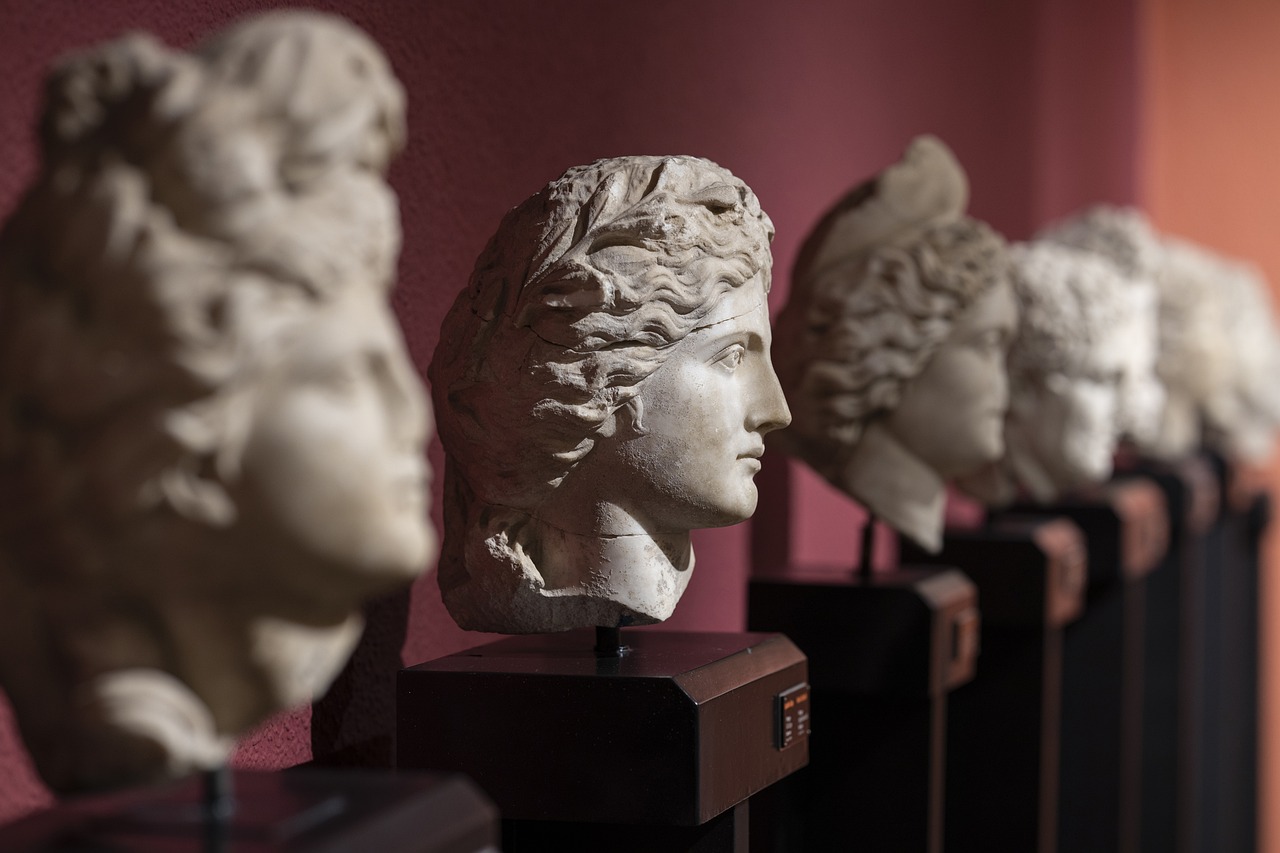
Symbolism and Iconography
Exploring the profound meanings and significance of religious texts in ancient Egyptian culture, shedding light on the beliefs, rituals, and practices that shaped their spiritual worldview and influenced daily life.
An in-depth look at one of the most famous ancient Egyptian religious texts, detailing its purpose, contents, and the beliefs surrounding the afterlife and the journey of the soul.
Exploring the role of hymns and prayers in ancient Egyptian religious practices, highlighting their importance in rituals, ceremonies, and daily devotion to various deities.
Examining the significance of the Pyramid Texts, the oldest religious texts in ancient Egypt found inscribed inside the pyramids, providing insights into the pharaohs' journey to the afterlife.
An overview of the major deities in ancient Egyptian religion, their roles, myths, and symbolism, showcasing the diverse pantheon that governed different aspects of life and nature.
Unveiling the use of magical spells and incantations in ancient Egyptian religious texts, exploring their purpose in protecting the living, aiding the deceased, and invoking divine powers.
Delving into the elaborate funerary rituals and practices depicted in ancient Egyptian religious texts, illustrating the complex process of mummification, burial customs, and ceremonies for the deceased.
The symbolism and iconography in ancient Egyptian religious texts are a fascinating aspect of their culture. Hieroglyphs, symbols, and representations of gods and mythical creatures were rich with meaning and significance. These intricate symbols often conveyed deeper truths and hidden messages, acting as a visual language that transcended time and space. The use of animal imagery, such as the sacred scarab beetle representing rebirth, or the powerful falcon symbolizing the god Horus, added layers of complexity to the religious texts. The intricate details in the iconography of ancient Egyptian texts served not only as decorative elements but also as profound reflections of their spiritual beliefs and cosmic worldview.
Reflecting on the enduring legacy and influence of ancient Egyptian religious texts on later civilizations, including their impact on art, literature, and spiritual beliefs across different cultures and time periods.
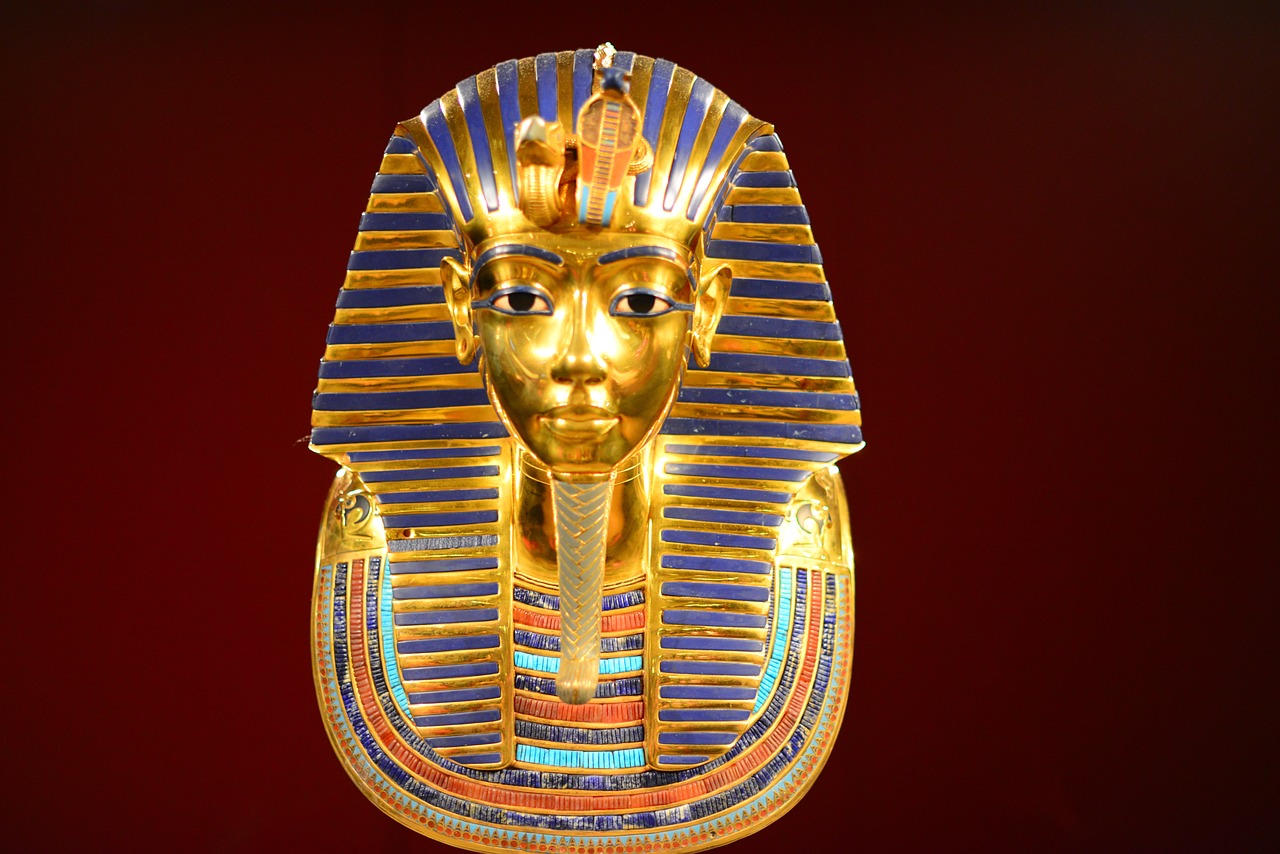
Legacy and Influence
The legacy of ancient Egyptian religious texts reverberates through time, leaving an indelible mark on the tapestry of human history. These sacred writings have transcended millennia, influencing not only the beliefs and practices of ancient Egyptians but also shaping the spiritual landscape of civilizations that followed. The profound wisdom encapsulated in these texts continues to captivate scholars, artists, and seekers of spiritual truth.
One of the most striking aspects of the legacy of ancient Egyptian religious texts is their profound impact on art and architecture. The intricate hieroglyphs and symbolic representations found in these texts have inspired countless works of art, from majestic temple reliefs to intricate papyrus scrolls. The iconic imagery of gods and goddesses, pharaohs and mythical creatures, continues to fascinate and inspire artists around the world.
Furthermore, the influence of ancient Egyptian religious texts extends beyond the realm of art and into the realms of literature and philosophy. The themes of death and rebirth, the journey of the soul, and the eternal struggle between chaos and order permeate the writings of poets, philosophers, and storytellers across cultures and centuries. The timeless wisdom contained in these texts continues to resonate with those seeking meaning and understanding in the complexities of human existence.
Moreover, the legacy of ancient Egyptian religious texts can be seen in the spiritual beliefs and practices of diverse cultures around the globe. The concepts of a divine pantheon, the afterlife, and the importance of ritual purity have found echoes in various religious traditions, from ancient Greece to modern-day neo-paganism. The enduring appeal of these ancient teachings speaks to their universal significance and enduring relevance.
In conclusion, the legacy and influence of ancient Egyptian religious texts are profound and far-reaching, transcending the boundaries of time and geography. These sacred writings continue to inspire awe and wonder, inviting us to delve deeper into the mysteries of the past and contemplate the eternal truths that bind humanity together across the ages.
Frequently Asked Questions
- What is the significance of the Book of the Dead in ancient Egyptian culture?
The Book of the Dead served as a guide for the deceased in the afterlife, providing spells and instructions to navigate the underworld and ensure a successful journey to the realm of the gods.
- How were hymns and prayers used in ancient Egyptian religious practices?
Hymns and prayers were essential in honoring and communicating with the gods, seeking their favor, protection, and blessings in various aspects of life such as agriculture, fertility, and protection from evil forces.
- What role did the Pyramid Texts play in ancient Egyptian beliefs?
The Pyramid Texts were sacred texts inscribed on the walls of pyramids to assist the pharaohs in their journey to the afterlife, providing them with the knowledge and spells needed to reach the eternal realm of the gods.
- Who were some of the major gods and goddesses in ancient Egyptian religion?
Major deities such as Ra, Osiris, Isis, and Horus played significant roles in Egyptian mythology, representing the sun, death, rebirth, and protection, respectively, among other aspects of life and nature.
- How were magical spells and incantations used in ancient Egyptian religious texts?
Magical spells and incantations were employed to invoke divine powers, protect the living from harm, assist the deceased in their journey to the afterlife, and maintain order in the cosmic balance of the universe.
- What were some of the key funerary rituals and practices depicted in ancient Egyptian religious texts?
Funerary rituals included mummification, prayers for the deceased, offerings to sustain them in the afterlife, and elaborate burial ceremonies to ensure a smooth transition to the realm of the dead.








